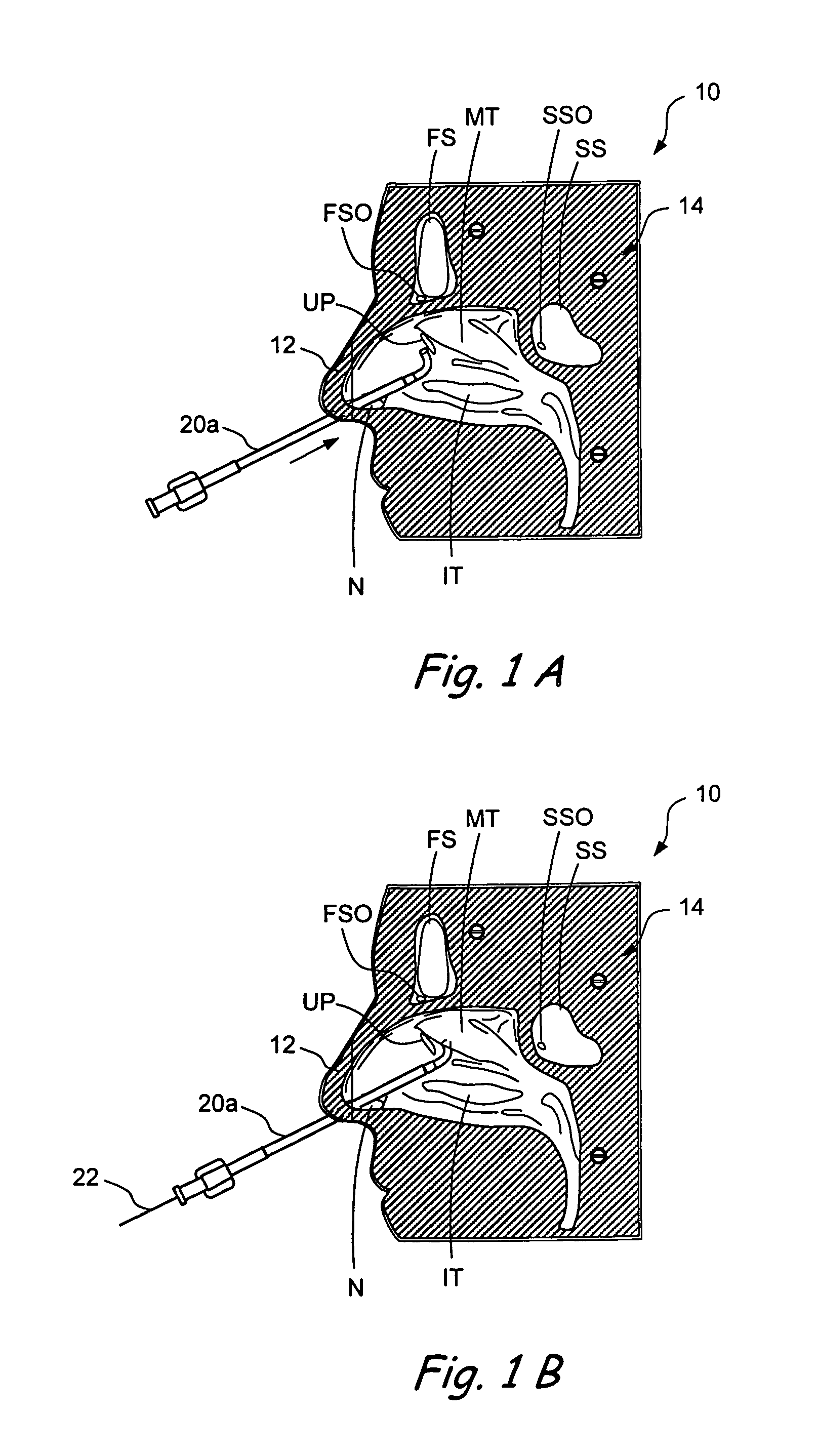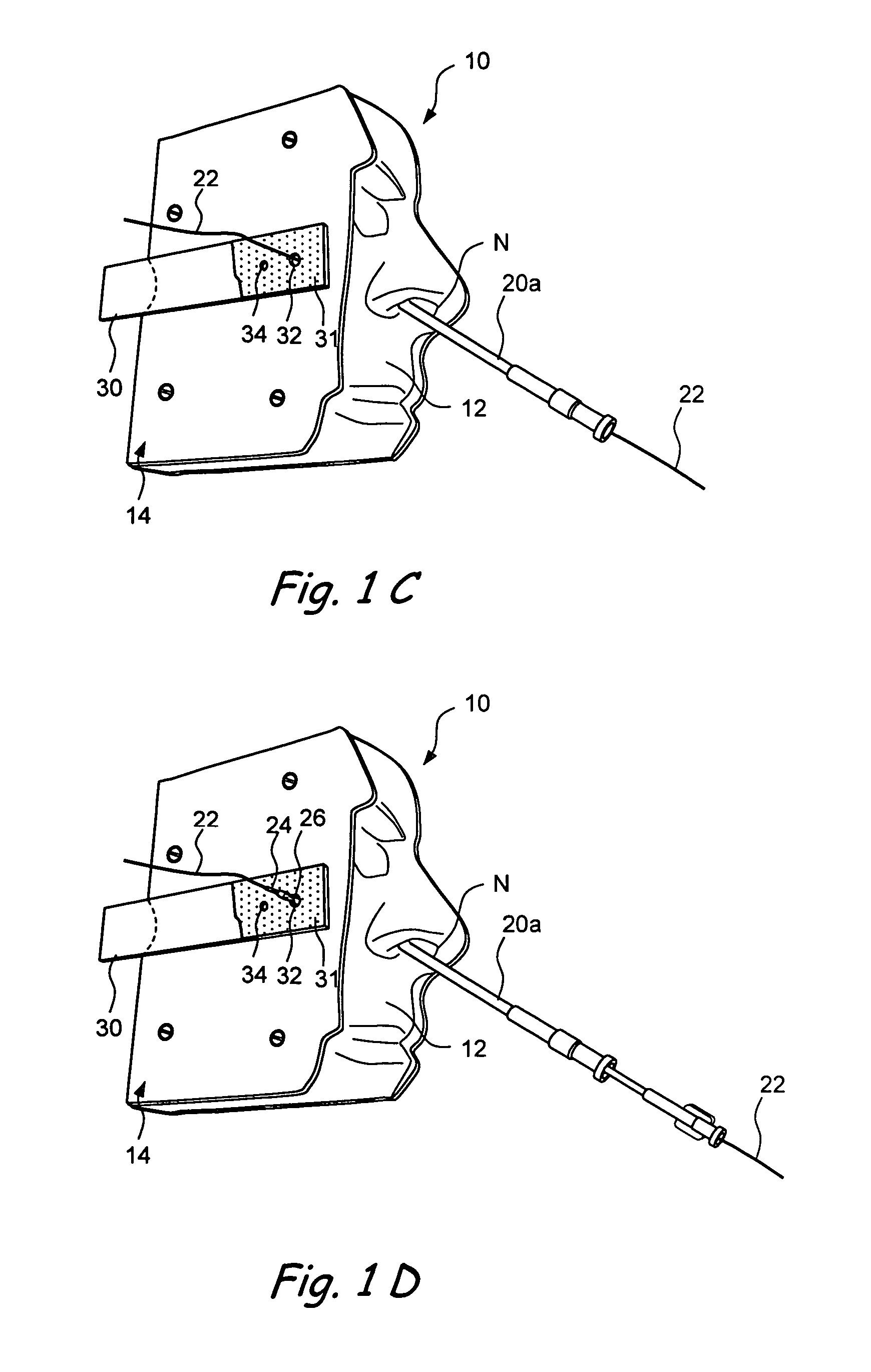Anatomical models and methods for training and demonstration of medical procedures
anatomical models and medical procedures, applied in the field of engineering, business and medicine, can solve the problems that no commercially available anatomical models have been adapted to date, and achieve the effect of improving the accuracy of surgical procedures and reducing the risk of surgical complications
- Summary
- Abstract
- Description
- Claims
- Application Information
AI Technical Summary
Benefits of technology
Problems solved by technology
Method used
Image
Examples
Embodiment Construction
[0018]The following detailed description and the accompanying drawings are intended to describe some, but not necessarily all, examples or embodiments of the invention. The contents of this detailed description do not limit the scope of the invention in any way.
[0019]Certain examples of devices and methods of the present invention are shown in FIGS. 1A through 3 appended hereto. In these examples, the model device 10 comprises a plastic model 12 of a portion of a human head including certain structures of the nose and nasal cavity. In particular, the following is a key to reference letters used to denote specific anatomical structures on the accompanying figures:[0020]N Nares[0021]FS Frontal Sinus[0022]SS Sphenoid Sinus[0023]MSO Maxillary Sinus Ostium[0024]SSO Sphenoid Sinus Ostium[0025]FSO Frontal Sinus Ostium[0026]IT Inferior Turbinate[0027]MT Medial Turbinate[0028]UP Uncinate Process
Internal anatomical structures are mainly visible on one side of the model 12 as seen in FIGS. 1A,...
PUM
 Login to View More
Login to View More Abstract
Description
Claims
Application Information
 Login to View More
Login to View More - R&D
- Intellectual Property
- Life Sciences
- Materials
- Tech Scout
- Unparalleled Data Quality
- Higher Quality Content
- 60% Fewer Hallucinations
Browse by: Latest US Patents, China's latest patents, Technical Efficacy Thesaurus, Application Domain, Technology Topic, Popular Technical Reports.
© 2025 PatSnap. All rights reserved.Legal|Privacy policy|Modern Slavery Act Transparency Statement|Sitemap|About US| Contact US: help@patsnap.com



